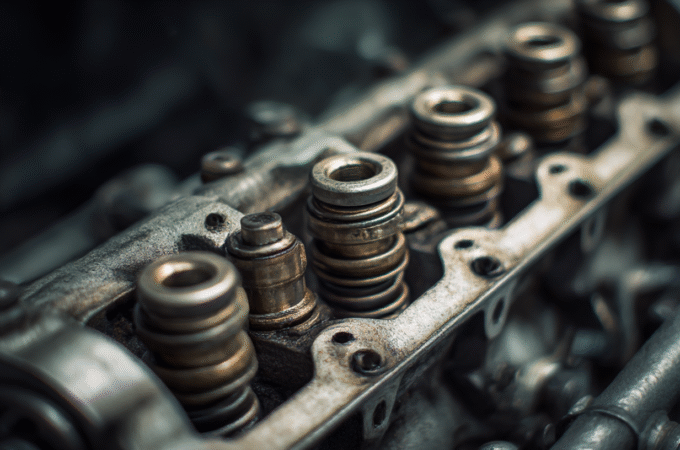
What You Should Know Before Buying a Plate Aluminium Boat?
Buying your first plate aluminium boat is a big step. These boats are strong, made of heavy-gauge materials, reliable, and well-suited to Australian waters.
Before you commit, there are key things to check and questions to ask. The right choice will give you years of safe and enjoyable boating.
What makes plate aluminium boats different?
Plate aluminium boats use thick and flat sheets of marine-grade aluminium. The material is usually 4 mm or thicker, which makes the hull of the boat stronger than that of pressed aluminium boats. The construction uses full-length welds rather than bends, which adds durability.
This design is popular in Australia because it effectively handles rough conditions. If you plan to fish offshore or spend time in choppy waters, a plate boat is the most reliable option.
When you see listings for plate aluminium boats for sale, you will notice they are often priced higher than those made from pressed boats, and the build quality is the reason.
What size boat do you need?
Size is one of the first decisions you should make. A smaller plate boat, around 4.5 to 5.5 metres, is easier to tow and launch. It works well for rivers, estuaries, and short offshore trips.
Larger boats, measuring 6 metres or more, handle heavy seas better and allow for longer trips. They also offer more deck space, storage, and seating. The trade-off is higher running costs and a larger vehicle needed for towing.
Think about where you plan to use your boat most often, how many people you will take, and how far offshore you will go. This will guide your choice.
What hull design should you pick?
A deep-V hull cuts through waves more smoothly and gives a softer ride in rough seas. The downside is that it has less stability at rest. A wider hull with a shallower V offers more stability for fishing at anchor but can ride harder in choppy water.
Test different designs if you can. Step onto the deck and check the space and balance. Take a test run of the boat before you buy.
How much weight will you carry on the boat?
First-time buyers often overlook payload. A plate boat can take a heavy load, but you should still check the manufacturer’s limits. Consider the combined weight of passengers, fuel, ice boxes, fishing gear, safety equipment, and any extra electronics.
If you overload the boat, performance and safety drop. Ensure the model you are considering has the capacity to meet your needs.
What should you look for in build quality?
When inspecting plate aluminium boats for sale, pay attention to the welds and finishing. Welds should be neat and continuous, and free of gaps. The hull should feel solid underfoot, with no flex. Look for sealed buoyancy chambers or foam-filled compartments for added safety.
Check the transom strength, as it carries the motor. Reinforced corners and gussets add reliability. The deck should drain well through scuppers or self-draining floors. Small details like these make a big difference to long-term performance.
What engine power do you need?
The engine is as essential as the hull. Underpowered boats struggle to get up to speed and can be unsafe in rough conditions. Overpowered boats are more difficult to control and more expensive to operate.
Check the builder’s plate for the recommended engine range. Stay within these limits. For offshore trips, choose power at the higher end of the range. It gives you more confidence when conditions change.
How will you tow and store the boat?
A strong, heavy plate boat needs a good trailer and a suitable tow vehicle. Before you buy, confirm that your car can legally and safely tow the combined weight of the boat and trailer.
Storage is another factor. Measure your driveway, garage, or shed. Plate boats are wider and taller than many pressed boats, so they may not fit in a standard garage. Folding windscreens or removable canopies can help with clearance.
What features matter most?
Create a list of features that align with your boating style. These could include:
- Casting decks
- Live bait tanks
- Kill tanks or iceboxes
- Hardtops or canopies
- Rod holders and storage
- Electronics such as GPS and sounders
- Deck wash pumps
Choose features you will actually use. Adding more extras incurs additional cost and weight, so prioritise the essentials first.
What about maintenance and running costs?
Plate aluminium boats are low maintenance compared to fibreglass. You will still need to rinse with fresh water after each trip, check welds, and inspect the trailer. Annual servicing of the motor is non-negotiable.
Fuel use depends on boat size, hull design, and engine type. Larger plate boats can be thirsty, especially if fitted with two-stroke engines. Factor in insurance, registration, and storage costs too.
Where should you buy your first plate boat?
Buying from a trusted dealer gives you peace of mind with warranties and support. Private sales can save money but require a thorough inspection. Always request service history, receipts for upgrades, and any relevant compliance certificates.
If you are browsing for plate aluminium boats, take the time to compare models and prices. Be wary of deals that look too good to be true.
Closing thoughts
Buying your first plate aluminium boat takes careful planning. You need to consider factors such as size, hull design, engine power, towing capabilities, and the features you will use most frequently.
Always check build quality and compare models before making a decision. If you take the time to match the boat to your needs, you will invest in a safe and reliable boat that is ready for years of use.




